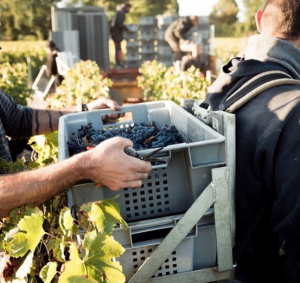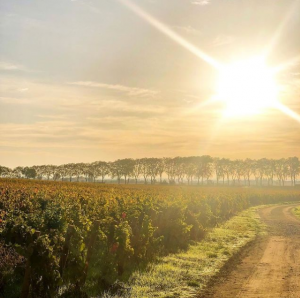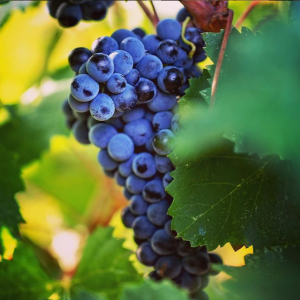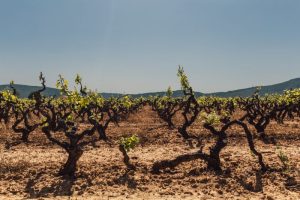What is the wine of the future? Simply the wine of global warming. Indeed, we are already feeling the effects of climate change in the wine sector and other transformations are coming…
What are the consequences of global warming for the vine?
We already notice some changes in the vineyards caused by rising temperatures. In fact, grapes ripen much faster, which means that grapes in France are harvested more and more early (end of August vs end of September); evidence that vines and their clusters are changing as a result of global warming.
The map of vineyards 
The latter will then cause (if not already the case) a change of territory, the vines will have to migrate elsewhere and grow in cooler areas and higher altitude in order to better develop and continue to produce good juice. The map of the vineyards will then change. The United Kingdom, the Nordic countries will benefit from this global warming and will now be able to produce good wine thanks to a more favourable climate for them.
Will we keep the same grape varieties?
The grape varieties will also have to evolve. Soon, it will be necessary to find grape varieties more resistant to high heat and droughts. Same principle as vineyards, grape varieties will also migrate… Imagine the Bordeaux vineyard without cabernet sauvignon or merlot, but rather with syrah and grenache. Traditions are likely to evolve; a Burgundy will no longer be developed with Pinot Noir but perhaps a grape variety from another region, which will in the future be more adapted to the territory and the climate. Imagine all the possibilities…
Will the work on the vine be the same? 
The major issue of vine work will now be irrigation. In France, you know that it is forbidden to water the vine so as not to favour quantity over quality. But if temperatures continue to rise, will this solution have to be remedied?
What are the consequences of global warming for wine?
And yes, the taste of wine will necessarily be affected sooner or later… Between the level of alcohol and the varieties that will change, prepare your taste buds.
What is the link between sun and alcohol?
This is something you probably already noticed, wines with an alcohol content of around 15 ° C are more and more common and the one responsible for it is the sun.
Depending on the sun time on the vine, the wine will be more or less strong in alcohol. It is thanks to the sun that the sugar content will be high or not in the grapes. So, the more sun there is, the more sugar the grapes will be, and it is this sugar that turns into alcohol during fermentation. So who says more sun, says more sugar; and that says more sugar, said higher alcohol level.
What about grape varieties? 
As mentioned above, the grape varieties will probably migrate to flourish in territories that match them better. The higher the temperatures, the more difficult the grape varieties will be to produce good juice in their region of origin.
Winemakers will have to start thinking about installing new grape varieties that will be adapted to their soil and the new climate in the future.
To find new grape varieties, it might be interesting to resurrect some of the forgotten, vanishing native grape varieties. So, necessarily, the wine we are used to drinking, will then change in taste, and even more if it is made with varieties unknown to the battalion.
What are the challenges in adapting to global warming?
It is, of course, not obvious to anticipate changes due to global warming. One of the great difficulties today is the specifications. In order to be recognised as such, it is necessary to follow the specification of the latter to the letter. As a result, if a field wants to start already, experiments with new grape varieties or plant vines on higher terrain in order to anticipate future changes, it will no longer benefit from its appellation, and will have to sell its wine in French wine, which may be less prestigious with regard to consumers.

Folgen Sie uns Facebook und Instagram
![]()
